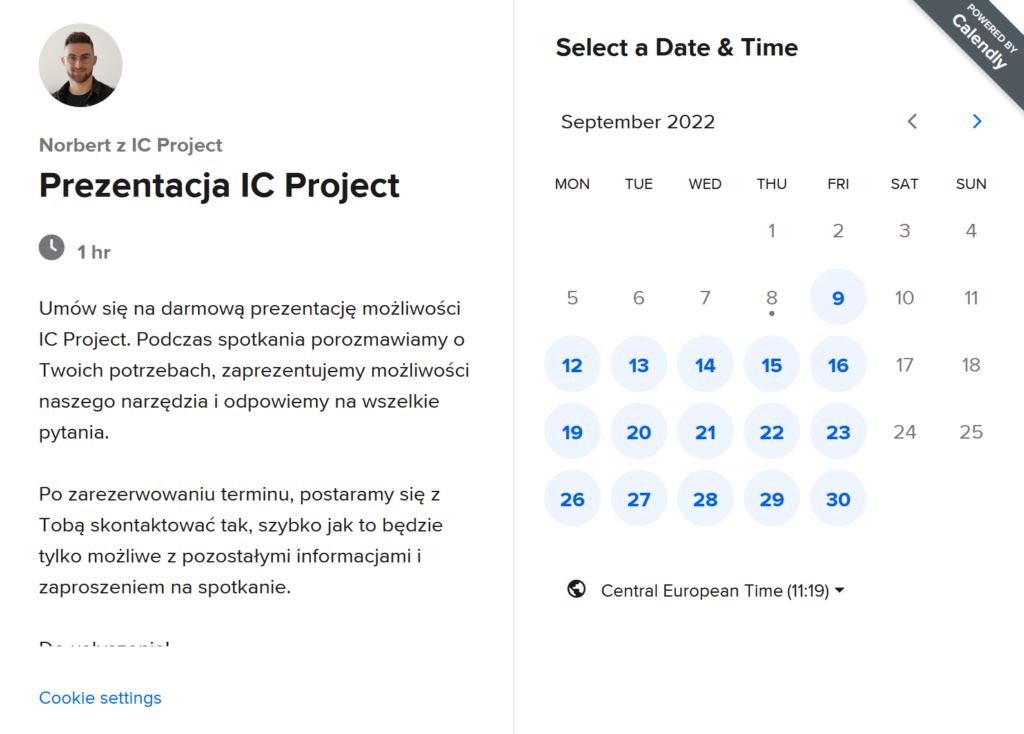In task management, risk management is the process of identifying, assessing, and responding to risks. When running a project risk management is an ongoing process that should be integrated into all aspects of project management. It helps to ensure that project deadlines and objectives are met and that project risks are minimized.
Steps of risk management in projects:
There are many different approaches to risk management, but all involve four basic tasks management: identification, assessment, response, and monitoring.
When running a project the first step is to identify risks. This can be done through brainstorming sessions with project team members or by using project planning tools such as project charters and stakeholder analysis.
Once risks have been identified, they must be assessed in terms of their probability and impact. This will help to prioritize risks and determine which ones need to be addressed first.
The third step is to develop responses to risks. This may involve developing contingency plans or making changes to the project plan.
Finally, risks must be monitored throughout the project lifecycle. This includes tracking changes in risk levels and taking action if necessary. By following these steps, project managers can effectively manage risk and improve the chances of project success.
By definition, projects are organized actions aiming to achieve a specific goal. Projects are temporary and are created to provide one or more business products. Therefore, they are unique and can prove risky by nature. There are no risk-free ventures. Even if we take every precaution, we cannot guarantee that we will be risk-free. How to deal with the nature of projects. What is the project manager supposed to do with threats which may be encountered? Are we supposed to always follow one method, and if so, then when and how? Smart risk management starts with identification, assessment, and detailed analysis and ends with actions and developing a method of operation.
There are many definitions of project risk. All of them aside, the risk is any potential threat, hazard, or circumstance that may make it impossible to achieve project goals. Threats to the project, as mentioned above, are a natural phenomenon; this is why they can and should be controlled in a well-thought-out and systematic manner. In small projects, well known to the project manager, we will not use such elaborate methods as probability estimation, Delphi methods, or assumption analysis. On the other hand, in large projects in a large organization, in IT projects, or projects including many stakeholders, the method of intuitive risk management based on estimates and the project manager’s experience will not do the trick. This would in and of itself present yet another project risk.
In complex projects, threats may arise from different directions. The sources are typically unwillingness to change, the supplier’s competence and their selection, no support from the management, deadlines, costs, changes in requirements, no support for key people, and poor technical or organizational support. Many potential risks will also appear when the project team is large (several dozen or more people), when the team members come from different companies (organizational cultures), and when a significant part of the team carries out a project of that type for the first time.
Facts with which a project manager needs to come to terms:
- complete elimination of risk is impossible
- while planning the project, it is impossible to foresee all potential problems
- during the project, new problems will arise that you did not expect
- reduction of risk to “almost zero” is too expensive
In situations like those, it is worth starting with a determination of which risks may affect the project and documenting the characteristic features of those threats and their roots. Depending on the needs, the participants of the risk identification process are such people as the project manager, project team members, recipients and users, experts from outside the project team, or, possibly, other project managers and experts in the field of risk management.
Another step is to specify the possibility of a risk occurrence. There are different ways to do this, but what most often works is the method of superficial determination of probability instead of determination regarding the percent of its value. Not at all less important is checking what degree of impact a given risk has on the project. Those may be serious, carrying over the entire project and its environment, e.g., potential lack of acceptance of the key user, as well as less important, or even not important at all from the viewpoint of the project. By having the degree of impact as well as the probability, one may determine the entire magnitude of risk and, consequently, plan the manner of conduct and remedial actions for the threat not to occur or for its effect to be as marginal as possible.
The most frequent mistakes in risk management are:
- threat identification that is too broad
- risk identification without sufficient knowledge regarding the project
- omission of certain categories of problems
- not teamwork in risk management
- considering risks only at the planning stage
- no established risk management strategy
Project management is the process of organizing and executing a project to complete it within a set timeframe. A crucial part of risk management in projects is the identification, assessment, and mitigation of risks that could potentially impact the project’s success.





